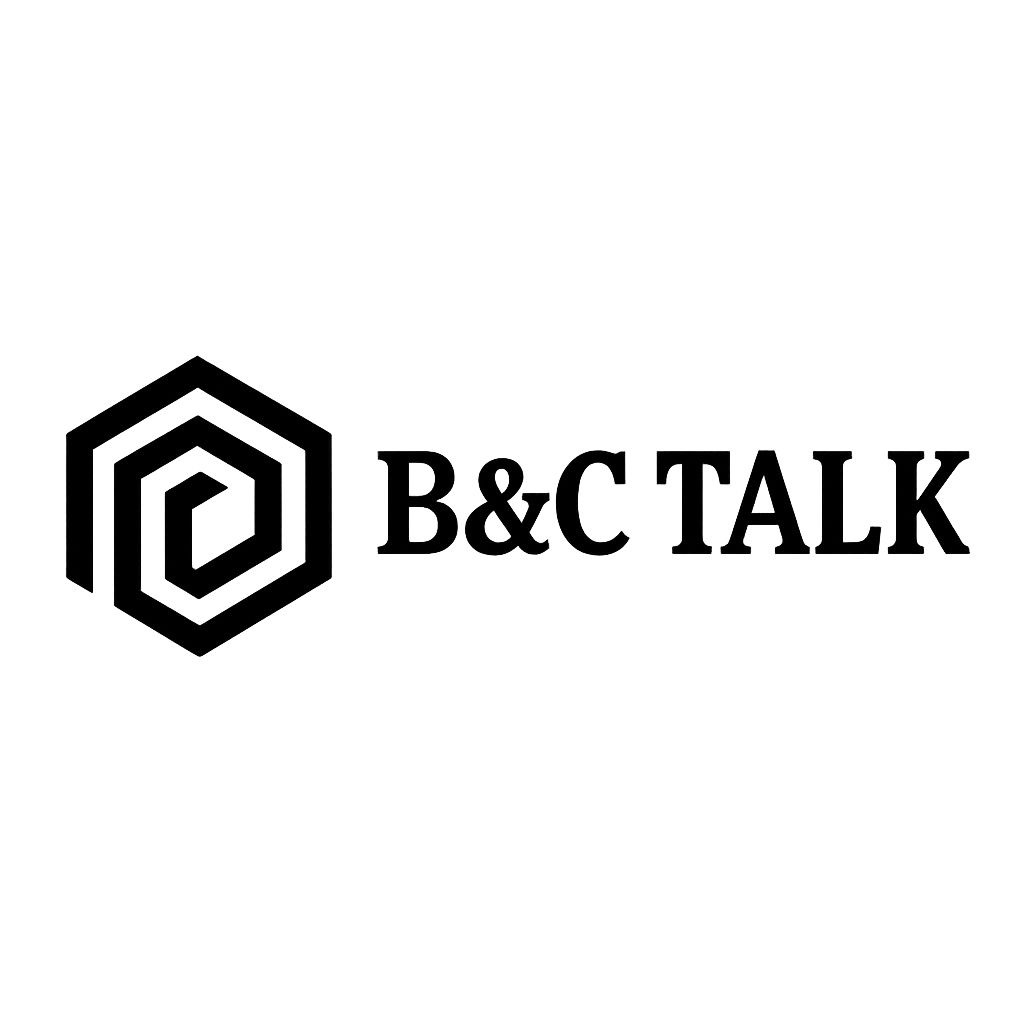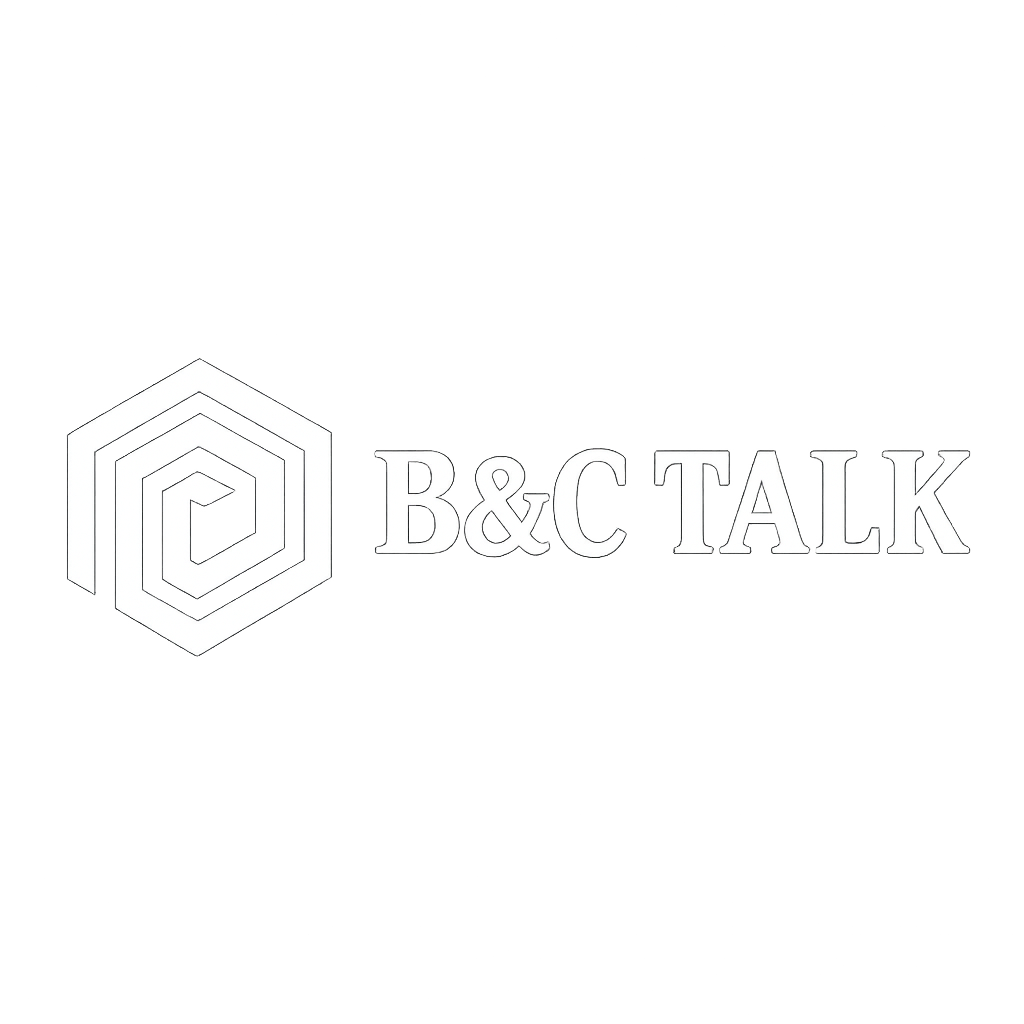The Eurozone’s economic engine sputtered in the second quarter of 2025, posting a meager 0.1% growth rate that barely kept the region out of stagnation territory. Fresh data from Eurostat painted a picture of an economy caught between persistent trade disruptions and mounting tariff pressures, marking a sharp deceleration from the more robust 0.6% expansion recorded in the previous quarter.
The dramatic slowdown came as little surprise to market watchers who had braced for weak numbers after American companies finished their rush to import European goods ahead of new U.S. duties. Economists had actually expected zero growth, making the slight positive reading something of a relief, though it hardly qualifies as a victory lap for European policymakers.
Trade Wars Take Their Toll
The ongoing trade dispute between Washington and Brussels emerged as the primary culprit behind the region’s economic malaise. President Trump’s reciprocal tariff regime, which kicked off in April, cast a long shadow over the quarter’s performance. While negotiators managed to roll back some levies during talks, significant duties on key sectors including automobiles, aluminum, and steel remained firmly in place.
The current trade framework slaps a 15% tariff on most European imports to the United States, though certain products managed to secure exemptions. Auto tariffs saw some reduction to baseline levels, but the overall climate of uncertainty left European businesses scrambling to adjust their strategies and supply chains.
Jack Allen-Reynolds from Capital Economics noted that the weakness was entirely predictable once the artificial boost from tariff front-running faded. He pointed out that U.S. buyers had essentially pulled forward their purchases in the first quarter to avoid higher costs, creating a temporary surge that was bound to reverse. Despite the challenges, Allen-Reynolds observed that the Eurozone has shown surprising resilience to American trade policy shifts, with the impact of uncertainty remaining relatively contained so far.
Eurozone June qtr GDP growth slowed to 0.1%q/1.4%y after tariff front running boosted exports & March qtr (+0.6%q/1.5%y). France and Spain surprised on the upside, Germany and Italy on the downside.
July economic sentiment rose slightly but remains subdued.
(Bloomberg charts) pic.twitter.com/H3kY2aOc14— Shane Oliver (@ShaneOliverAMP) July 30, 2025
A Tale of Two Europes
Beneath the headline figures lies a story of stark divergence across the monetary union. Germany, traditionally the region’s economic powerhouse, slipped into contraction with a 0.1% decline that matched analyst predictions. The country’s construction sector and industrial investment took notable hits during the quarter, though consumer and government spending provided modest offsets.
This latest setback adds to Germany’s growing list of economic woes, extending a period of weakness that has plagued Europe’s largest economy for more than three years. The persistent underperformance has prompted Chancellor Friedrich Merz to propose loosening the country’s strict borrowing limits to unlock approximately €1 trillion for investment initiatives.
Meanwhile, France surprised on the upside with a 0.3% expansion that tripled expectations, while Spain continued its impressive run with a 0.7% growth rate. The Spanish economy’s acceleration from 0.6% in the first quarter underscored the growing divide between export-dependent industrial economies and those with stronger domestic demand drivers.
Carsten Brzeski from ING characterized Germany’s return to sustainable growth as a lengthy and complex undertaking, suggesting that even with new fiscal stimulus measures, any meaningful recovery will require patience and persistence.
Central Bank Caught in a Bind
The mixed economic signals have complicated the European Central Bank’s policy calculus as officials weigh their next moves on interest rates. Riccardo Marcelli Fabiani from Oxford Economics warned that the limited growth setback might make ECB policymakers more hesitant to deliver additional rate cuts, even as the economy shows signs of strain.
Market participants have already adjusted their expectations, with traders now seeing only even odds of another quarter-point rate reduction by October. ECB President Christine Lagarde’s recent assessment that the economy had performed slightly better than central bank forecasts might now require some recalibration in light of the second-quarter figures.
Currency and bond markets showed minimal reaction to the data release, with the euro holding steady at $1.155 and French and German 10-year yields barely budging. The muted response suggests investors had largely priced in the weak performance ahead of the official announcement.
Looking ahead, Ulrich Kater from Deka Bank expects the disparity between Germany and its European neighbors to become increasingly apparent as the immediate effects of tariff disruptions fade. His analysis suggests that Germany’s fundamental economic challenges run deeper than temporary trade frictions and will require more comprehensive solutions.
Ripple Effects for Digital Assets
The Eurozone’s anemic growth figures and ongoing trade tensions could accelerate institutional interest in alternative assets as traditional markets face mounting headwinds. With European economic uncertainty deepening and rate cut expectations diminishing, crypto markets may see increased inflows from investors seeking portfolio diversification beyond struggling fiat currencies.




















Leave a comment